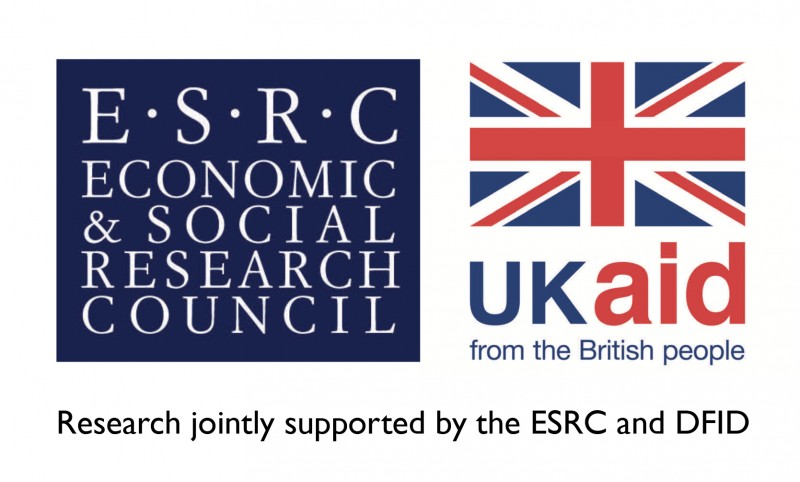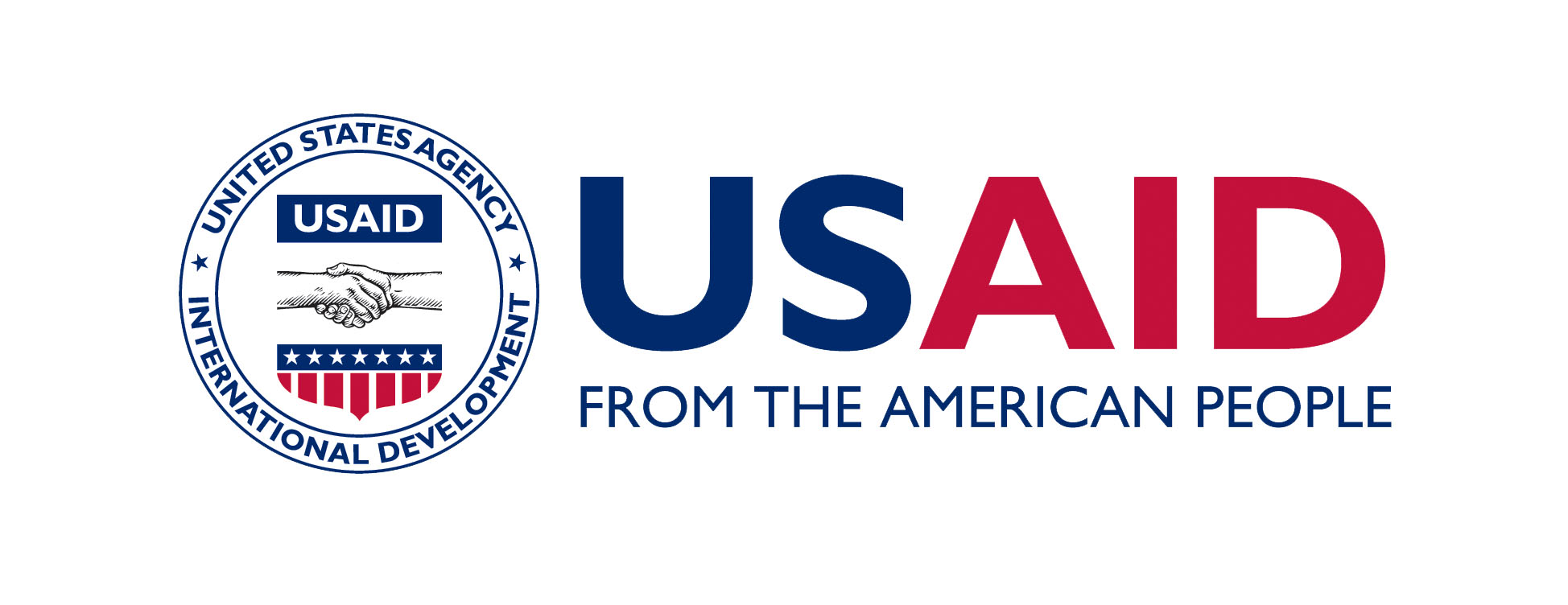Disseminating Innovative Resources and Technologies to Smallholder Farmers in Ghana
Abstract
Previous research found that in northern Ghana, where agricultural productivity is low, access to rainfall insurance led small-scale farmers to invest more in their farms. Building on that evidence, researchers evaluated the impact of access to rainfall insurance either coupled with or compared to tailored extension advice, weather forecasts, and improved access to inputs on intensity of land cultivation and earnings for farmers. Preliminary results show that farmers who received access to a high payout level of rainfall insurance spent more on inputs for their farms, but these investments did not lead to higher yields or profits for farmers. The product with the lower payout did not lead to increased investment, and overall demand for both versions of the insurance product was low. A community-based agriculture extension agent program led to increases in farmers’ knowledge and adoption of improved practices, and spurred increased investment in certain inputs, but did not lead to improvements in farmer welfare on average.
Policy Issue
Underinvestment in agricultural inputs (such as fertilizer or hybrid seeds), cultivation area, and labor is thought to drive low crop yields in many countries in Africa and other developing countries. Several factors may help explain why farmers fail to invest in potentially profitable inputs. If they invest and their crops still fail due to too little rain, they risk having even less money than if they had not invested at all. Farmers may also lack the necessary funds or opportunities to purchase inputs locally. Or, farmers may not know what inputs can help their crops or when and how to apply them. Much of the existing research has tested programs on programs that address one of these barriers—risk, credit, and information gaps—but less evidence exists on approaches that simultaneously address multiple constraints on smallholder investments.
Context of the Evaluation
In Ghana, agriculture constitutes 19 percent of economic output[1] and 45 percent of total employment.[2] Farmers in this evaluation in northern parts of the country typically own less than ten acres of land, cultivate maize and groundnuts, may miss meals while awaiting the harvest, maintain very limited savings, and face the risk of crop loss as a result of drought.
Research conducted by local institutions in 2010 found that the soil is low in nutrients and that smallholders achieve 30 percent of potential crop yields.
However, results from a previous randomized evaluation suggest that the risk of crop failure deters smallholders from making investments in their farms, which contributes to low yields and profits. When offered rainfall index insurance, farmers cultivated more acres, used more inputs that boosted yields, and spent more time working on their farms. This study builds on the previous evaluation by combining offers of insurance with two additional interventions, agricultural extension services and local marketing of inputs.
Details of the Intervention
In northern Ghana, researchers evaluated the impacts of access to rainfall insurance, improved input supply, and agricultural extension services on farmers’ investments, yields, and profits.
In the first year of the intervention, communities were randomly assigned to four groups. Within each community, researchers surveyed 20 randomly selected individual households and randomly assigned these households to sub-groups.
- Insurance Only: In 50 communities, all farmers could purchase rainfall-indexed insurance, which makes payouts based on the amount of rainfall communities receive according to satellite data, at market price. The policies were designed by Ghana Agricultural Insurance Programme (GAIP) with input from Innovations for Poverty Action and then marketed by Community Based Marketers (CBMs). Of the 20 surveyed households, ten households received the insurance for free and ten served as a comparison group. In the final year of the study, 25 percent of the surveyed farmers received insurance coverage that offered a relatively high payout, while another 25 percent received coverage offering a lower payout.
- Insurance + Extension: In addition to offers of insurance at market price, in 52 communities, randomly selected farmers received computer tablet-based interactive trainings and tailored recommendations on farming best practices for the cultivation of maize and legumes. Selected farmers received one-on-one extension services from Community Extension Agents (CEAs): paid, local workers that supplement traditional agricultural services from the Ministry of Agriculture. CEAs received a month of residential training and visited the selected farmers weekly to play specific videos and audio messages that were relevant to the current activities that farmers reported undertaking. Surveyed households were randomly assigned to one of four groups: free insurance, free insurance plus extension, extension only, and a comparison group. In the third year, researchers offered the extension services to the entire community in this group, although CEAs were required to deliver the messages to the extension treatment households.
- Insurance + Input Marketing and Delivery: In addition to access to insurance, all farmers in 31 communities received the opportunity to buy commercial inorganic fertilizer, certified seeds and other agro-chemicals, and equipment at market price. During the first year of the study, farmers could purchase inputs at four points over the season, including at harvest when they are most likely to have cash on hand. Free delivery of these inputs occurred before or right at the start of planting time. Of the 20 surveyed households, ten households also received free insurance.
- Insurance + Extension + Input Marketing: All farmers in 29 communities could purchase insurance and received access to inputs with delivery. In addition, randomly selected farmers also received extension advice. The surveyed households were randomly assigned to one of four groups: free insurance plus access to inputs, free insurance plus extension plus access to inputs, extension plus access to inputs, and access to inputs only.
Additionally, in 108 randomly selected communities, 10 randomly selected farmers also received weather forecasts via SMS messages. Another 10 randomly selected households in the forecast communities served as comparison households. This allowed the researchers to evaluate the impacts of receiving weather forecasts both directly and indirectly (through being in a community with others who received them directly).
To measure input use and yields, researchers collected GPS data, soil samples, and crop cuttings to determine yields from farmers’ plots. Researchers additionally asked farmers about their labor during the growing season on a biweekly basis and surveyed households four times to learn about household finances, as well as investment, yields, and profitability for each plot.
Results and Policy Lessons
Preliminary results: Overall, the various treatments had impacts on farmer knowledge and behaviors, but these changes did not translate into higher yields or profits. The community extension agent program led to increases in farmers’ knowledge and adoption of improved practices and spurred increased investment in certain inputs, but did not lead to improvements in farmer welfare. Similarly, farmers who received access to a high payout level of rainfall insurance spent more on inputs for their farms, but these investments did not lead to higher yields or profits for farmers. The low payout did not lead to an increase in investment, and demand for insurance products was low.
Impact of community extension agent program:
Knowledge: The extension program improved knowledge for farmers reached directly and their neighbors. After three years, farmers whose communities received extension agents had higher levels of knowledge about agricultural best practices. Farmers in communities with a community extension agent performed better on assessments of agricultural knowledge even if they did not receive direct support, suggesting that knowledge spread throughout social networks.
Behavior: In addition to increased knowledge, farmers also adopted recommended practices. Farmers in communities with community extension agents were more likely to adopt best practices including testing their seeds for germination rates before planting and row-planting, and were less likely to burn their plots, which depletes soil fertility overtime.
Investment: Farmers in communities with extension agents invested more in use of chemicals, but not in other inputs such as high-yield seeds. In addition, farmers did not spend more preparing land for planting.
Welfare: While their knowledge and adoption of new practices increased, farmers in communities with extension agents did not have significantly higher yields, observed earnings, or other measures of welfare than those in comparison communities.
Impacts of access to insurance
Knowledge: Farmers who received the insurance intervention were more likely to be aware of weather-based index insurance, but few farmers purchased insurance at market price.
Investment and welfare: Farmers with a high payout level of insurance coverage invested more in inputs for their farms, but these higher investments did not result in significantly higher yields or profits. As one of the first rigorous studies to examine the impact of microinsurance not only on farmer investment, but on yields and earnings, the results raise questions on the ability of microinsurance to lead to improvements in farmer welfare.
Impact of input marketing and delivery
Overall, demand for inputs was low. Farmers preferred to wait to acquire government-subsidized inputs than to buy inputs from the CBMs. As a result, farmers did not make significantly higher investments in inputs and saw no increases in any outcomes relative to comparison farmers. This suggests that, in this context, accessibility is not the main barrier to using inputs.
Impact of SMS weather forecast alerts
The SMS weather forecasts shifted the behaviors of recipients, as well as the behavior of their neighbors. Farmers in communities that received forecasts timed planting and chemical application for days when light rain was forecast, the ideal timing. Because recipients and their neighbors both responded to the forecasts in the same way, this suggest that information spread quickly among farmers in the same communities—likely within hours. However, these behavior changes did not increase farmers’ overall profits.
Digging For Answers: Examining the Effects of Rainfall Index Insurance for Farmers in Ghana
Sources
[1] Ghana Statistical Service (2015). Annual Gross Domestic Product.
[2] Ghana Statistical Service (2014). Ghana Living Standard Survey Round 5: Labour Force Report.













